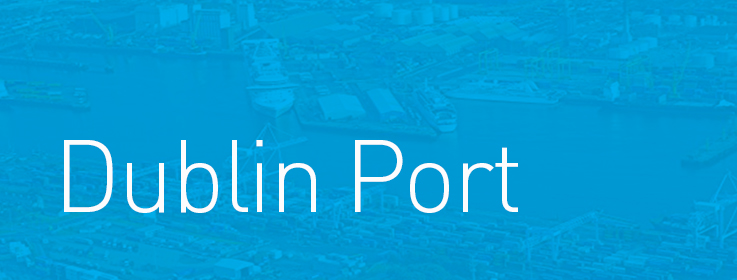
Dublin Port Welcomes Samskip’s First Direct Container Sailing Between Amsterdam & Ireland
28th January 2021 Dublin Port
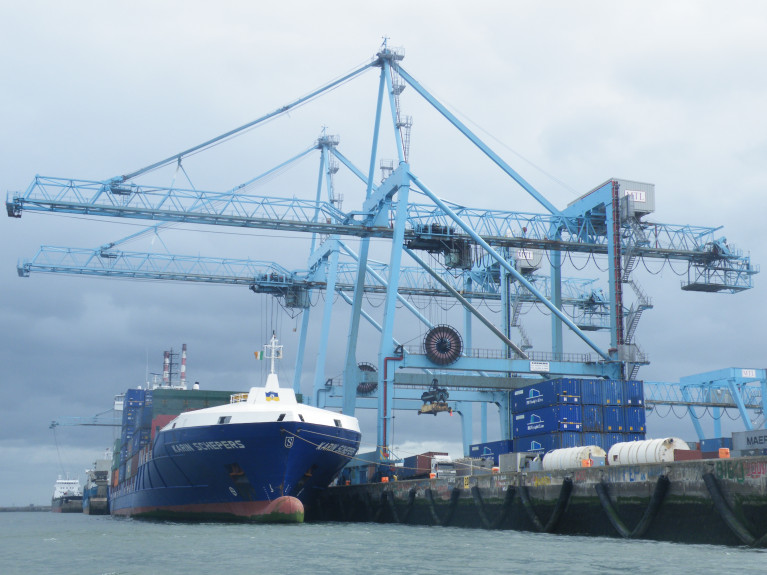
Dublin Port Throughput Increases by +7.6% in the Fourth Quarter of 2020
19th January 2021 Dublin Port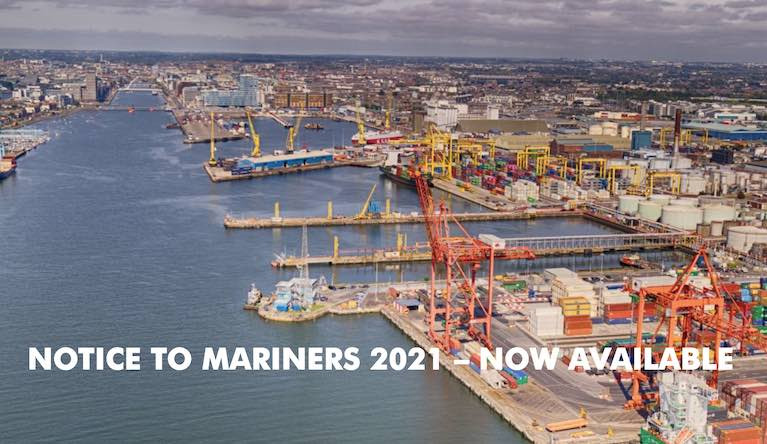
Dublin Port Issues 2021 Notice to Mariners, Including 'Dublin Bay Guidance Notes for Leisure Craft'
3rd January 2021 Dublin Port
Majority of Lorry Drivers From First Post-Brexit Ferries Unaware of Customs Checks
2nd January 2021 Dublin Port
Dublin Port Completes Major Road Works & New Traffic Management Measures in Advance of Brexit
14th December 2020 Dublin Port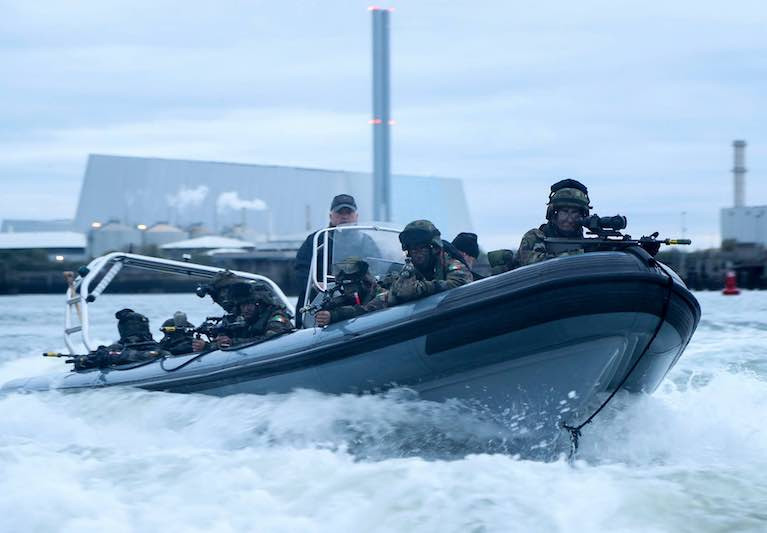
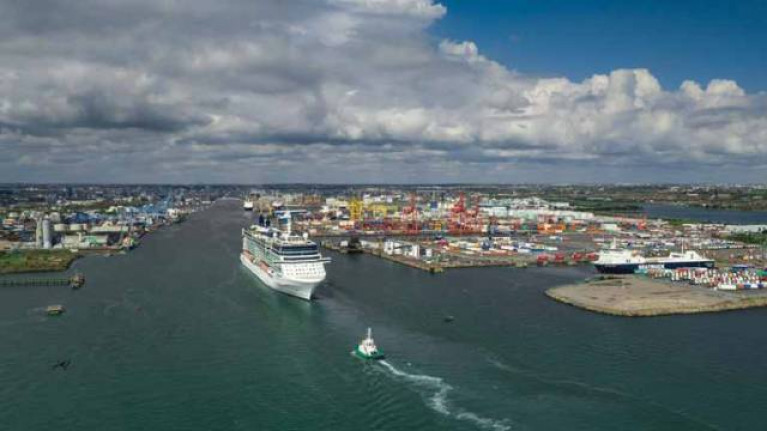
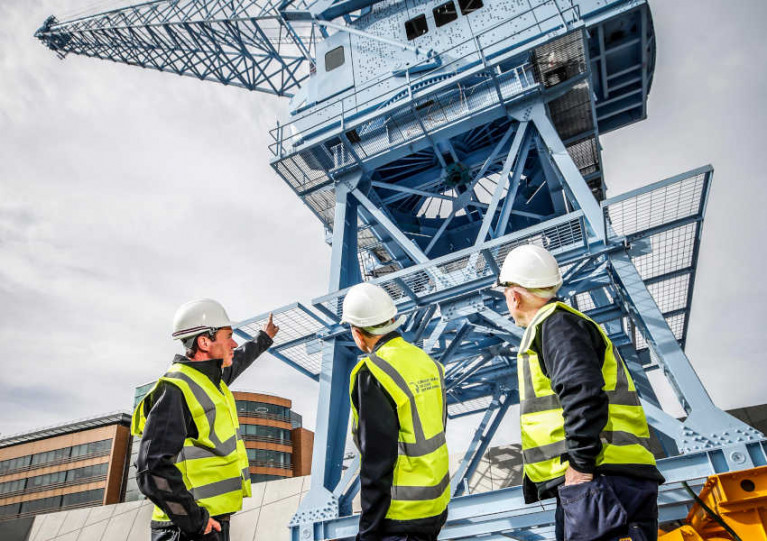

Dublin Bay's Great South Wall Closed Due to Tide Height & Dangerous Winds
15th November 2020 Dublin Bay

Dublin Port Appoints Architects to Create New Cycle & Pedestrian Route to Join River Liffey to Tolka Estuary
11th November 2020 Dublin Port
Sufficient Capacity on Existing Continental Shipping & Port Services to Accommodate Displaced Landbridge Traffic - IMDO
6th November 2020 Ports & Shipping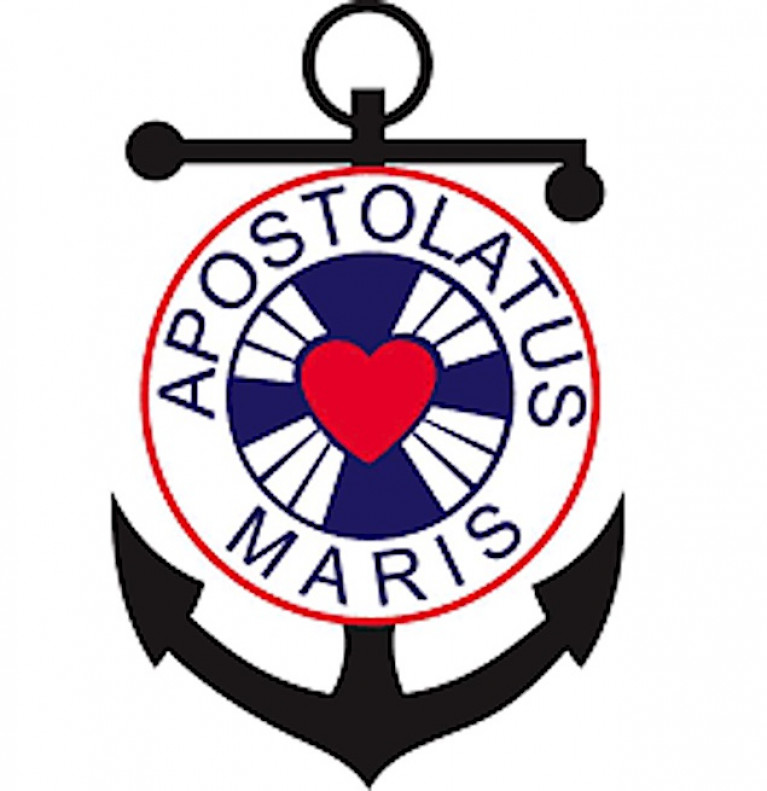
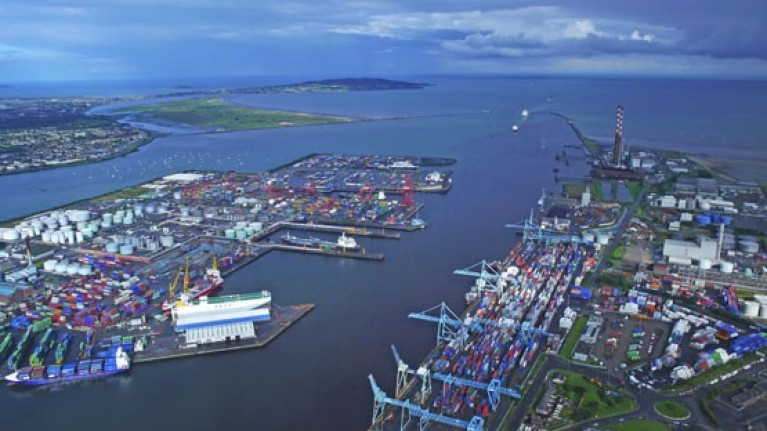
Men Jailed Over Drunken Liffey Boat Joyride To Have Appeal Heard Next April
3rd November 2020 Dublin Port



























